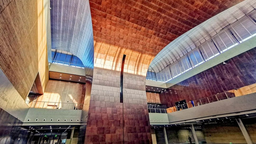Longmen Grottoes: the Eternal Art
With 2,345 caves and niches, nearly 110,000 Buddhist stone statues, over 2,800 inscriptions carved on steles, and around 80 Buddhist pagodas, the Longmen Grottoes are embedded on Mount Xiangshan (also known as Longmen East Hill) and Mount Longmen (also known as Longmen West Hill), standing grand and spectacular.
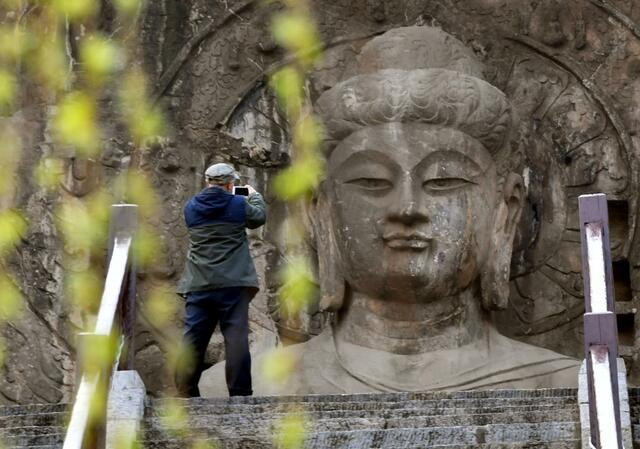
Visitors explore the Longmen Grottoes.
[Photo by Li Jianan, Xinhua News Agency Journalist]
Data shows that as of October 6, during this year's Mid-Autumn and National Day holidays, the Longmen Grottoes scenic area received a total of 436,000 visitors, and the annual visitor count for 2023 exceeded 5 million.
In 1953, as the Administration of Cultural Heritage of Longmen Grottoes approved to be established, the Longmen Grottoes were opened to domestic tourists. The caves of Buddha remained witness the bustling tourists for decades. Visitors admire the pinnacle of Chinese stone carving art and the brilliant civilization from millennia past, as if engaging in a transcendent dialogue between ancient and modern times.
On November 30, 2000, the Longmen Grottoes were officially inscribed on the World Heritage List. The UNESCO World Heritage Committee praised its historical and cultural value as the following, "[t]he grottoes and niches of Longmen contain the largest and most impressive collection of Chinese art of the late Northern Wei and Tang Dynasties (493-907). These works, entirely devoted to the Buddhist religion, represent the high point of Chinese stone carving".
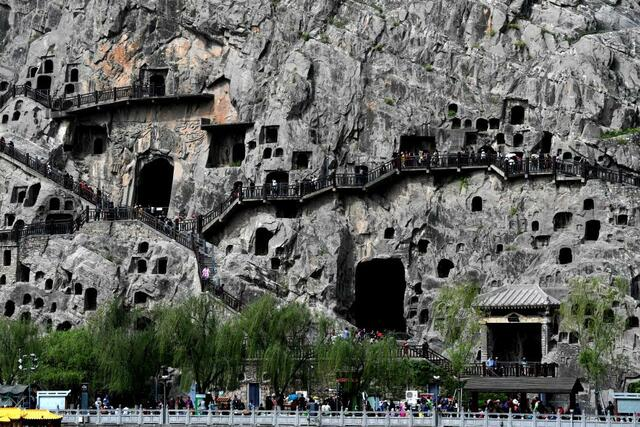
Visitors tour the Longmen Grottoes.
[Photo by Zhu Xiang, Xinhua News Agency Journalist]
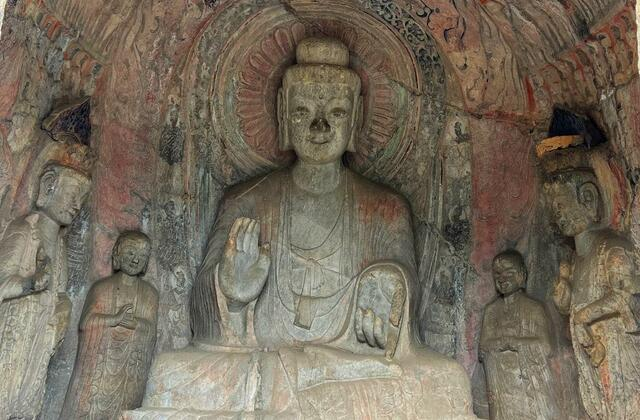
Interior of the Middle Binyang Cave at Longmen Grottoes
[Photo by Tang Jianhui, Xinhua News Agency Journalist]
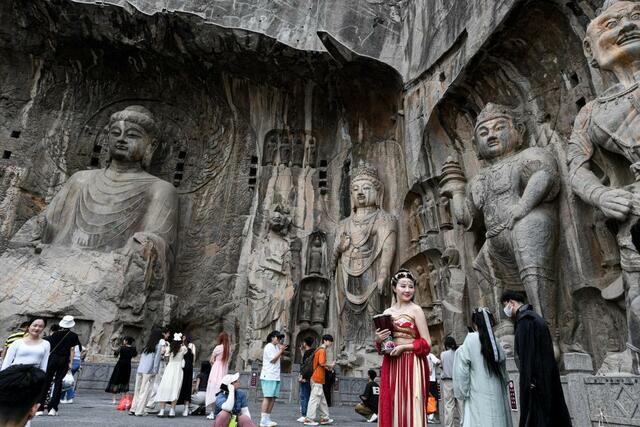
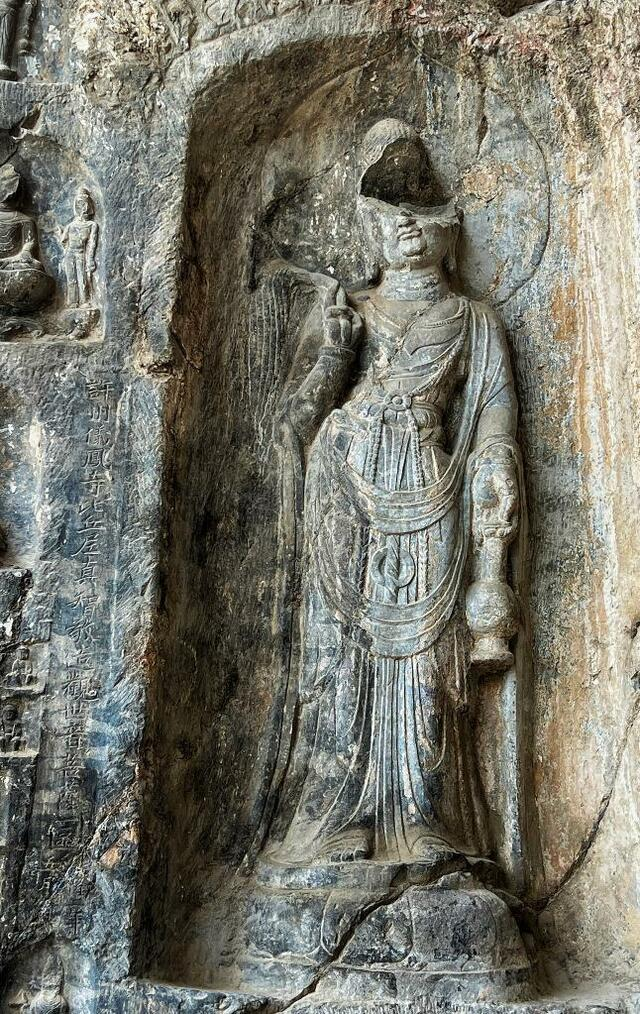
Visitors tour the Longmen Grottoes.
[Photo by Wu Gang, Xinhua News Agency Journalist]
(Source: Xinhua News Agency)
